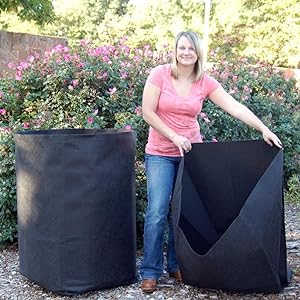Hello,
I'm getting ready to dig up our front lawn and I'd like to use the sod in a compost pile. I've followed Charles Dowding for a while now, and from what I understand you want a compost pile to be a certain temperature in order to kill grass and weed seeds, yet not so hot that it kills the good bacteria.
My question is, should I start a separate compost pile with this sod in an effort to keep my "clean" compost pile free of grass?
Thanks for any advice!
I'm getting ready to dig up our front lawn and I'd like to use the sod in a compost pile. I've followed Charles Dowding for a while now, and from what I understand you want a compost pile to be a certain temperature in order to kill grass and weed seeds, yet not so hot that it kills the good bacteria.
My question is, should I start a separate compost pile with this sod in an effort to keep my "clean" compost pile free of grass?
Thanks for any advice!



